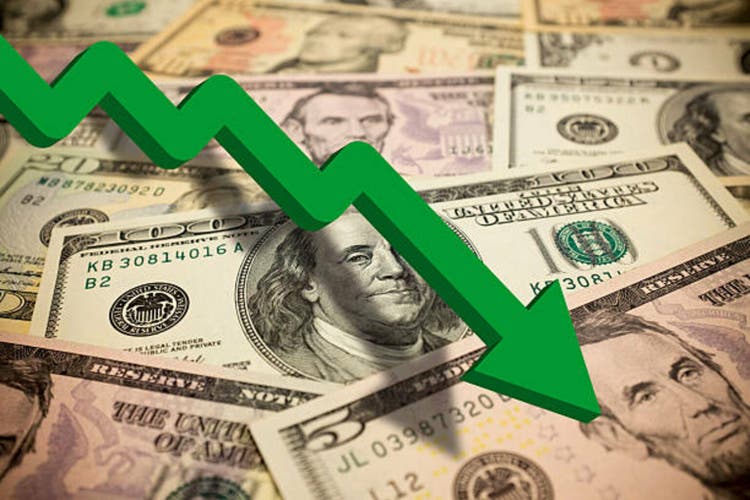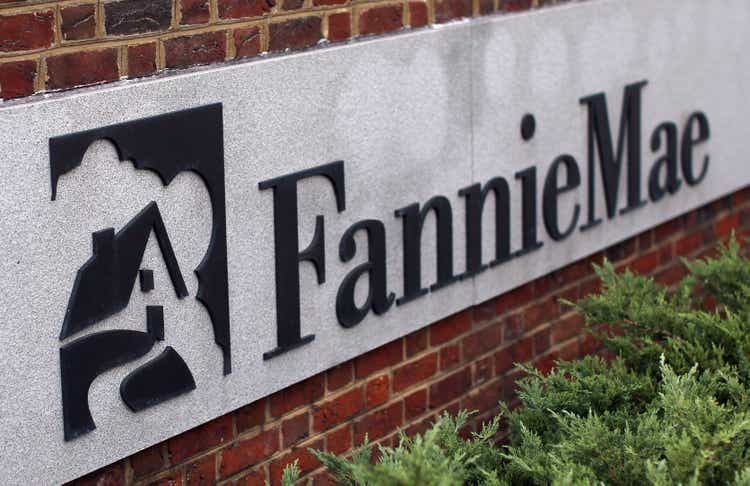 PRESIDENTIAL COMMUNICATIONS OFFICE/PHILSTAR FILE PHOTO
PRESIDENTIAL COMMUNICATIONS OFFICE/PHILSTAR FILE PHOTOBy Chloe Mari A. Hufana, Reporter
THE appropriate benchmark for sustainable debt for the Philippines is now 70% of gross domestic product (GDP), according to Malacañang.
Palace Press Officer Clarissa A. Castro told reporters on Monday at a briefing that the Department of Finance (DoF) considers 70% of GDP to be the international threshold for sustainable borrowing, as opposed to the 60% rule-of-thumb that multilateral banks often hold developing countries to.
“We are at a sustainable level (of debt) because 70% is the international threshold for debt-to-GDP ratio,” Ms. Castro said.
Philippine debt is currently at 62% of GDP. It rose to nearly P17 trillion at the end off May.
At any rate, Ms. Castro said all government borrowing is being channelled appropriately to projects that enable growth.
“These were used for growth-enhancing investments such as infrastructure, education, agriculture, health, and social services,” she said.
Asked if the Marcos administration will continue to target bringing down the debt ratio to below 60% by the end of its term in 2028, Ms. Castro said the economic team will be consulted for updated targets.
The Philippines ramped up borrowing in recent years to support pandemic relief, infrastructure works, and social protection programs, pushing the debt stock to record levels.
The National Government’s (NG) outstanding debt rose to a record P16.92 trillion at the end of May, up 0.99% from April and increasing 10.24% from a year earlier, according to the Bureau of the Treasury (BTr).
The increase was primarily driven by the net issuance of new domestic securities, which the BTr said reflected strong investor confidence in the economy.
Domestic debt, which accounts for nearly 70% of total borrowing, hit P11.78 trillion, up 1.64% compared to April and 12.8% higher year on year.
Meanwhile, external debt edged down 0.46% to P5.14 trillion, due to net repayments and peso’s appreciation.
Government‑guaranteed obligations rose 1.79% to P343.6 billion, driven by increased domestic guarantee availments and currency revaluation effects.
BTr officials described the increase as “minimal” and reaffirmed the government’s commitment to a prudent debt management strategy, aimed at aligning borrowing with fiscal objectives and macroeconomic stability.
The Treasury said the debt “remains manageable,” adding that the government is committed to prudent debt management.
NG outstanding debt is projected to hit P17.35 trillion at the end of 2025.

 6 hours ago
2
6 hours ago
2



















 English (US) ·
English (US) ·